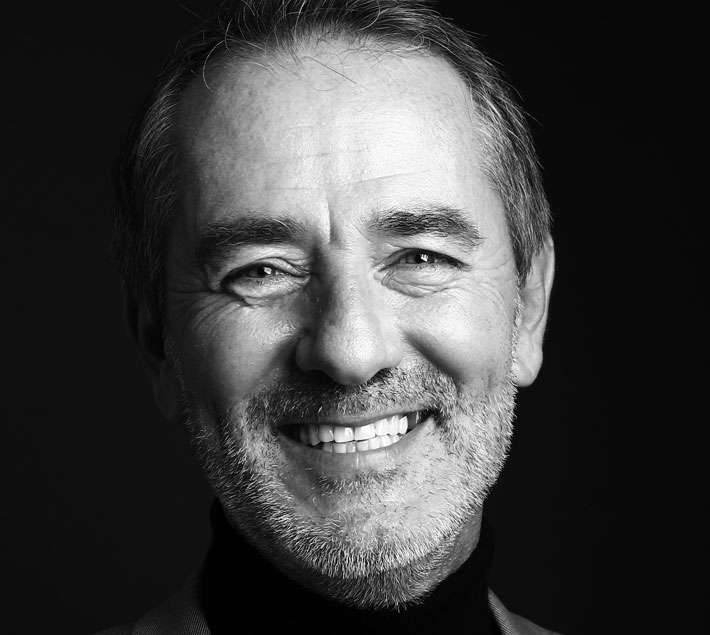How to Give a Speech
How do we create excellent communication? How do we stand up and speak with confidence and credibility?
It is a question many of us ask in haste, as the moment for making a speech approaches with stressful rapidity. There are many books, tips and courses on public speaking, offering a variety of techniques. But where should you start, if you want to give a good talk?
It’s all in the foundations.
Before learning different techniques, such as how to move your body, or the narrative flow of the talk, what is key is to be standing on the solid ground that comes with being clear with yourself on why you want to speak, who wants to hear what you have to say and how they will be impacted as a result. Preparing these solid foundations is easy as 1, 2, 3.
Step one: Define WHY you want to speak (your objective).
Excellent communication is less about who we are as speakers but about throwing attention and understanding into the audience position. A gathering is all about the audience, not the speaker. As a trainer of public speaking skills, I value the time of my audience – they tend to be busy executives who could choose to do a thousand and one other things besides coming to a presentation. I don’t want to waste their time. I want to serve them as usefully as possible. Compared to what others push as excellence in presentation skills, I think this is a relatively unique approach. I know it works and I want to share it. This is my WHY.
The second step is another W question: WHO for? Who are my audience?
Audiences come in as many different sizes, shapes, backgrounds, ages and combinations of all the above (and gender blends) – a rich Schwitter’s esque collage. Their wonderful tableau requires careful attention: what do they already know, how much detail do they need, what biases and barriers to me or my content might they have, are their cultural norms to be met or worked around? All of these require a little detective work yet are essential questions to answer to reduce the odds of failing the wonderful people who will gather to listen to me.
This is hard work. It takes time. But, borrowing from another branding, it’s because they’re worth it.
So on to the last W – my audience’s WHY. Why should they bother to listen / read / turn up/ tune in? What Critical Difference will this piece make to them?
My technique for this is very specific and comes down to three things:
- What will they KNOW that is new? (that they didn’t know before)
- What will they FEEL that is different? e.g. now I feel confident to...
- What will they DO or BE ABLE TO DO that they couldn’t (or didn’t want to) do before?
Once we know who our audience are and why they want to join the party, we use this knowledge to build content (what to include and what not), structure (what’s most important, what lines of reasoning) and select an appropriate voice (authority, persuading, neutral, etc). Knowing our audience will also inform our choice of language, rich media, visual vs word balance, etc.
Getting these basics right is the starting point for the courses I lead on public speaking for international executives at the Institute for Leadership and Sustainability (IFLAS).
With these solid foundations, then with practice you will be able to bring additional techniques to your public speaking. These can include more attention to personal charisma and energy, even comedy, as Impact International’s consultants can coach. It can also include personal storytelling, where you connect with your audience on the basis of shared values, as Professor Jem Bendell teaches on the leadership courses of IFLAS.
Whatever techniques you go on to learn, by firstly knowing your audience and focusing on meeting their needs will take some of the pressure off you. If it’s all about them, why not relax, be fully present in the room and enjoy the multi-logue!
